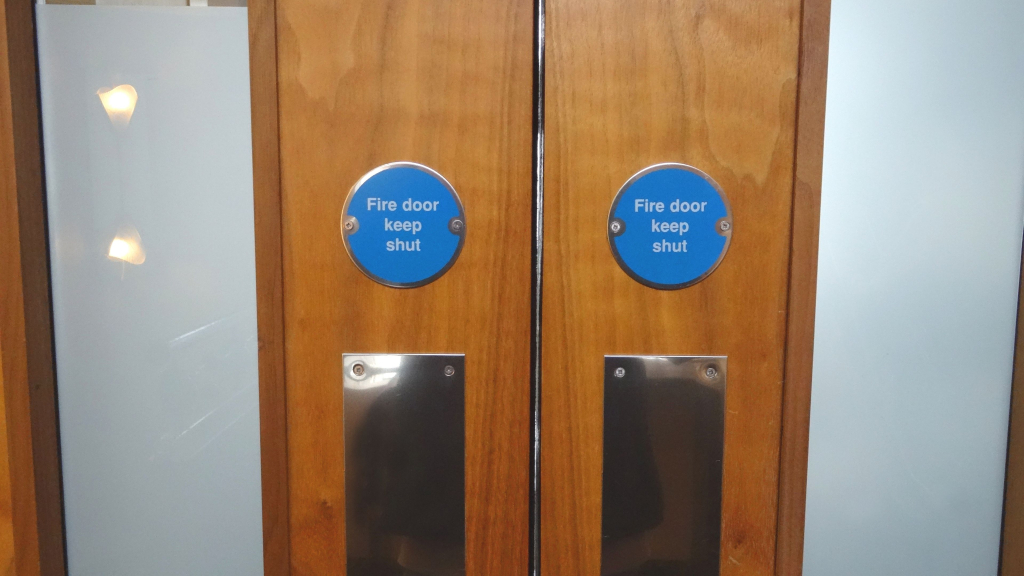Four warning signs your cold store is wasting energy
0 min read

For some, ‘keeping cool’ or ‘staying chilled’ is how they approach their weekends. For companies who rely on cold store facilities, it can be the key to operational success.
Cold store facilities are used by many different companies, with very different reasons for watching the temperature of what they’re storing.
While food businesses need both cold and freezer rooms to store meat, fish and frozen produce, hospitals and clinics need to preserve medicines, blood and samples, as do science laboratories and research centres. IT companies with complex servers and supercomputers need to maintain a constant temperature to prevent equipment from overheating. On a smaller scale, restaurants and storage businesses also need cold storage to maintain cool temperatures.
Bringing storage areas down to the correct temperatures does require chiller units to reach optimum levels but it’s making sure that the area can be kept at the right temperature which can often cause the most problems.
At Tekta UK, we work with many brands and organisations to optimise their cool storage solutions but so often we see the same issues arise which can so easily be addressed – preventing waste both in terms of money and energy.
How does your company stack up in terms of efficiency when it comes to cold storage?
Pretty much anything can happen to impact the temperature of your cold storage but there are four warning signs that mean you’re wasting energy.
Preserving the barrier between your cold room and the rest of the facility is critical to temperature control. Keeping the cold air in and the warm air out might not seem problematic, but most stores need to be accessed many times during the day so making sure that your doors work for you is core to your energy usage.
Ensuring that doors do not stay open too long is important but understanding if your doors open in the right way could make a huge difference to your energy consumption. With all possible gaps plugged within the cold storage unit, it stands to reason that the cold will escape through the only open space: the doors.
The TektaTherm Rapidor Freeze door has been developed to bridge the gap between the cold storage area and temperate areas outside. The unique dual-curtain system allows for frequent access to the freezer and cold room, with two PVC fabric curtains to prevent the cold air from escaping from a wide-open door.
Excess humidity around the access to the cold storage and freezers can means that frost forms on the edges of the doors or even the doors themselves. With ice also developing on the floor, walls or ceiling, it’s important for employee health and safety to keep these areas frost and ice free. Many companies invest in both expensive heat lamps and warm air blowers to keep the ice at bay. This can become a very costly solution with the heat escaping to warm the already temperate areas around the doors and seeping into the wider atmosphere where it is not needed. The TektaTherm Rapidor Freeze door has a central 250mm airlock between two PVC fabric curtains. The airlock contains a warm air blower that focuses solely on the door, ensuring targeted precision heating.
Often companies are forward-thinking and encourage employees to gather around the doors so that they can be opened at key strategic times to allow people to both enter and exit the cold storage facility. While it is certainly one approach, it does, however, generate a lot of traffic waiting around the doors on both side and can cause a drop-in productivity as the workload has to fit around the systems and not vice versa. At Tekta UK, we have overcome this issue with the Thermashield SL insulated sliding doors. The sliding door range is easy-to-use, allows quick opening and closing and helps to maintain excellent safety levels by reducing ice build-up around doorways and on the floor. With both manual and powered options, the sliding doors have full perimeter seals to ensure leakage is minimised.
Companies work hard at reducing accidents through process and procedures but, if these are at odds with trying to keep cold storages cold, then you could end up with more problems than you solve. Doors that are slow to open are much more likely to be hit by forklifts that are trying to access the cold storage. Damage caused to the doors will let cold air leak out and they may need to be fixed, which can be catastrophic for cold storage operations, with a choice of shutting down or accepting the loss of cold air on a grand scale.




